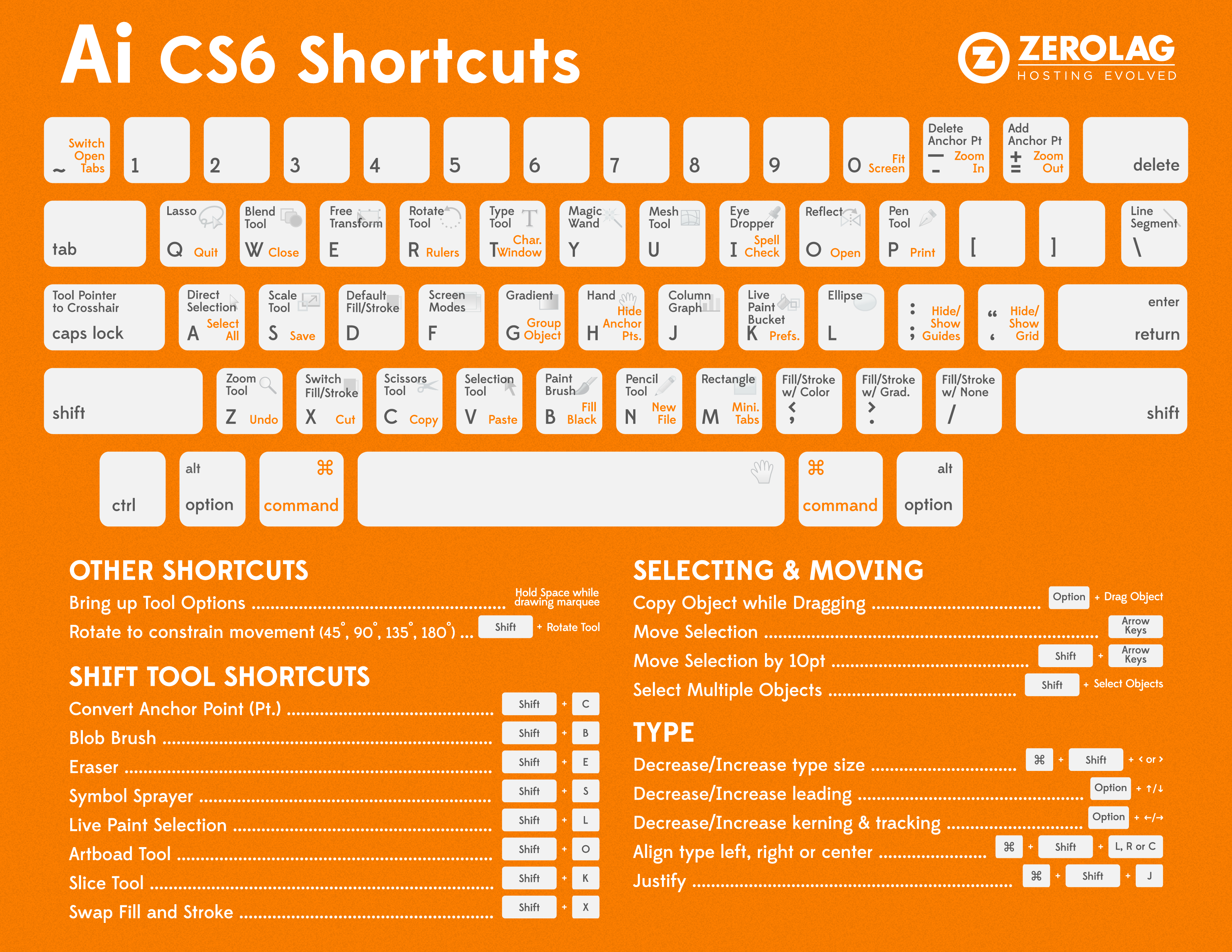The cheat-sheet exists to showcase how things are done; the MongoDB.Entities way.
Choose a category on the left to start browsing.
If you're interested in contributing to the cheat-sheet section of the documentation, please send in your PR's to the cheat-sheet branch of the github repository.
Mongodb Commands Cheat Sheet

- Only add non-existing code
- Add your contribution to the appropriate category
- Create new categories if needed
- Only use the domain/context of a bookshop or library which would have entities such as:
- Author
- Book
- Publisher
- Editor
- Genre
- etc.
- Optionally add your name/github profile link right below your code like:
Contributed by: YourName
This cheat sheet is filled with some handy tips, commands, and quick references to get you connected and CRUD'ing in no time! Get a free MongoDB cluster in MongoDB Atlas. Follow a course in MongoDB University. # Connect MongoDB Shell. MongoDB Terminal commands – Cheatsheet. December 4, 2020 by GokulDeepak 2 Comments. Import Mongodb from csv: All data should be comma separated and each rows are. In this cheat sheet we gave you the basic CRUD (Create, Read, Update, Delete) commands that will be commonly used with Mongoose. Mongoose is a very easy library to get up and running with so get started and try out some commands. You can install Mongoose from npm. Mongo Shell Command History¶. You can retrieve previous commands issued in the mongo shell with the up and down arrow keys. Command history is stored in /.dbshell file. See.dbshell for more information. Command Line Options¶. The mongo shell can be started with numerous options. See mongo shell page for details on all available options. The following table displays some common options for. MongoDB Cheat Sheet. Jan 18, 2019 3 min read. Run this command. Connect to local host on default port 27017. Connect to remote host on specified port.
Mongodb Query Language Cheat Sheet
- Clone the repo and checkout the
cheat-sheetbranch - Download DocFX from here
- Add DocFX to your system path or place the executable in the
MongoDB.Entities > Documentationfolder - Change the current working directory to
MongoDB.Entities > Documentationfolder - Run DocFX with the command
docfx --serve - Open a browser and visit:
http://localhost:8080 - Make your changes to the markdown files inside
MongoDB.Entities > Documentation > cheat-sheetfolder - To see your changes in the browser,
CTRL+Cand rundocfx --serveagain
